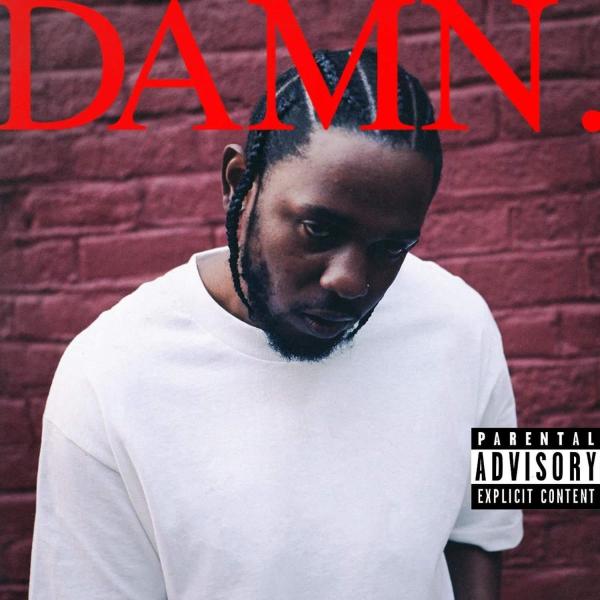"Expanded Distribution offers you the opportunity to access a larger audience through more online retailers, bookstores, libraries, academic institutions, and distributors within the United States. Expanded Distribution will also improve discoverability of your book across all the channels. Regardless of whether or not you include your title in Expanded Distribution, all CreateSpace titles can be distributed through the Amazon.com and Amazon Europe channels."This sounds great. Your book could be sold by Barnes and Nobles, or in independent bookstores. But there is one major downside to choosing this option. Create Space only provides the option to choose one overall price for all five channels. Listing your book at $9.99 on Amazon may provide a couple of dollars in royalties but it may not be enough to cover costs on the Expanded Distribution channels. Which means you would have to raise the price of your paperback on Amazon to cover costs on other channels.
When I published my book "Io Hunter and the Guardians of Aldernar," I chose to avoid Expanded Distribution. My reason for doing so was to ensure my paperback price was in line with similar titles. My book would attract a lot of the same types of readers who like the Harry Potter series. As I type this, the paperback version of "Harry Potter and the Sorcerer's Stone" is $8.29. Yet to appear on Expanded Distribution, I would have to price my book at $12.99, almost $5 more. By avoiding Expanded Distribution, I can list it for $9.99. And if I had chosen to list it at $12.99 for Expanded Distribution, I would have made a royalty of only $0.06 per book. This may not be a big concern for established indie authors who already have a reader base. But if you're publishing your first book, it is something to think about.
Should you limit your distribution options to have a lower list price, or choose to have more distribution options at a higher price? There are pros and cons to whichever option you choose. If your book is picked up by libraries and bookstores that could be great for your writing career. And it could make up for any lost sales on Amazon due to having a higher price. However, there's no guarantee your book will be picked up by these distribution channels. As is often the case, you have to make a decision without knowing what the future holds. You have to decide what's right for you. Think about who your audience is and how much they may be willing to pay.







